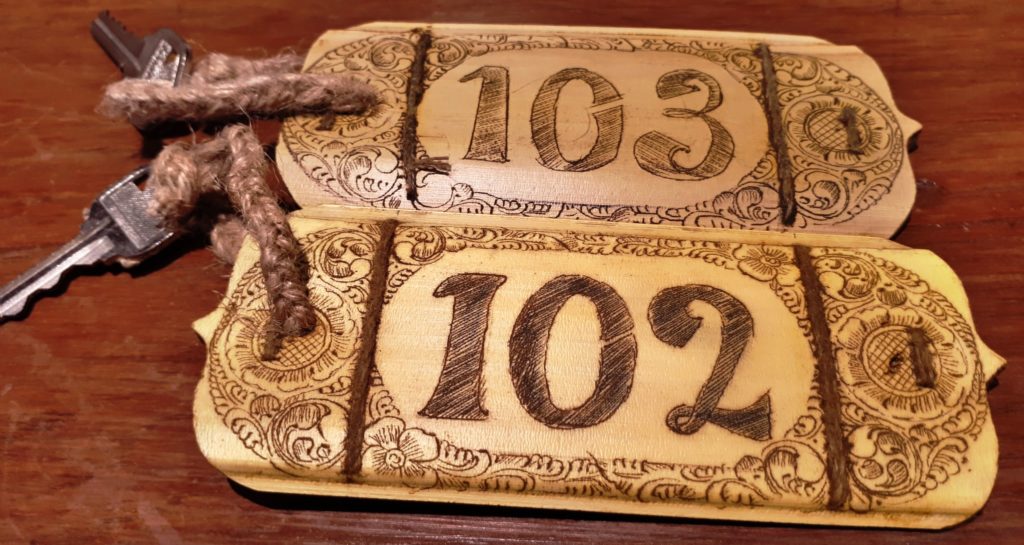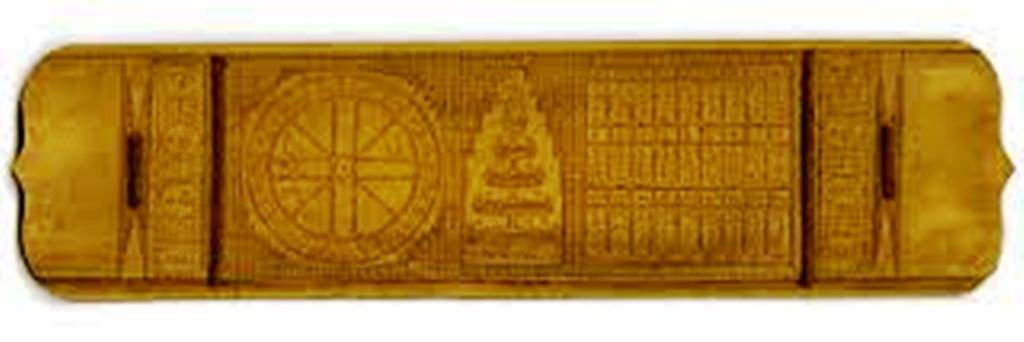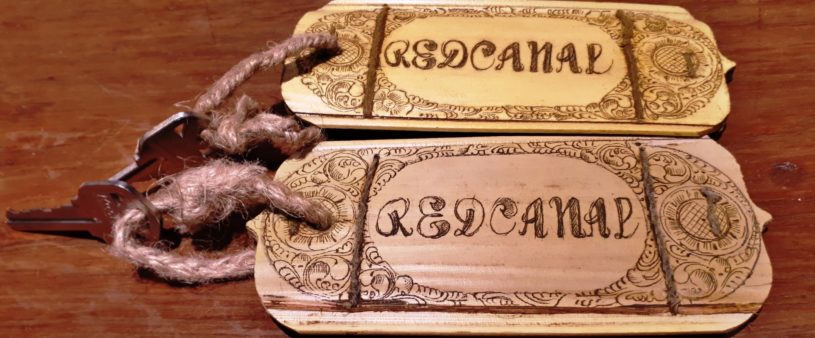As I am working at the Hotel by the Red Canal Mandalay, gives me a chance to interact with people from many other countries. I realized that most of our guests praised to their room keys which are made up of “Palm Leaf”. Then I got an idea to write about the “Palm Leaf” and started collecting the sources, history and data related to that. Surprisingly, one of our valuable guests from UK asked me why I did not have a last name. In fact, I was a little puzzled by their questions and a little embarrassed because I had no answer to give. I just said that it’s not our custom to name a child after his or her father’s name, although some people do.I realized again that the traditional Myanmar way of naming children is quite unique. The technique is an astrological calculation that includes a person’s virtues, the day they were born according to the Myanmar lunar calendar. These calculations are called a “Zartar” in Myanmar language and are etched or inscribed into a palm leaf with a stylus. I had seen the leaves on a wall at my house but had never paid much attention to them until the questions arise about our lack of last names.
The term Zartar is derived from the pali word Zati which means birth. It is a method of recording the salient facts about a person at the time of their birth. Included in the calculations are the date and time of delivery, the astrological features at that time, such as the location of the stars, sun and moon. Both of the parents names are recorded on the leaf, as is the name given to that person by an astrologer. Once the inscriptions have been added onto the palm leaf, it is rubbed lightly with oil, which acts to provide protection from hungry insects and imbues it with a lovely golden colour. Zartar can also be made using other materials such as ivory, marble, or bamboo depending on individual choice and budget. A particularly fine example is on show at the National Museum in Yangon- and was made for King Thibaw.
Many people still put a lot of faith in Zartar and they continue to play an important role in the society becuase people believe that the timing, day, date and astrological signs associated with a person at birth have great influence on the life of that person. The choice of a person’s name is tremendously important to parents as well. The name may represent the virtues of longevity, wealth, health, great love, dedication and/or many other things. It is also widely believed that a person’s name-and their date and time of birth-can affect their behaviour. For example, each day of the week is designated a symbolic animal, and a person born on that particular day is believed to possess certain characheristics: Those born on Sundays are considered to be vain, Monday-born are short tempered.
Finally, seven birth signs included in the Zartar depending on the day and year of birth, which are believed to have influence on one’s fate. They are Adphipadhi, sign of fame; Ahtun, brilliance; Thike, wealth; Raza, glory; Marana, weakness; Bingha, unrest; and Puti, failure.I was born on Thursday and my father went to a monk right away to choose a name for me. After that, he went to astrologer and asked him to make a Zatar and inscribed my name. I’ll keep that small piece of “Palm Leaf” for my whole life.
Palm leaves were used as writing materials in South Asia and in Southeast Asia dating back to the 5th century, and possibly much earlier. Their use began in South Asia, and spread elsewhere, as texts on dried and smoke treated palm leaves of Borassus species (Palmyra palm) or the Ola leaf (leaf of Corypha umbraculifera or the talipot palm).

One of the oldest surviving palm leaf manuscript is a Sanskrit Shaivism text from the 9th-century, discovered in Nepal, now preserved at the Cambridge University Library. The individual sheets of palm leaves were called Patra or Parna in Sanskrit (Pali/Prakrit: Panna), and the medium when ready to write was called Tada-patra (or Tala-patra, Tali, Tadi). The famous 5th-century Indian manuscript called the Bower Manuscript discovered in Chinese Turkestan, was written on birch-bark sheets shaped in the form of treated palm leaves. Palm leaf manuscripts were written in ink on rectangular cut and cured palm leaf sheet.
Each sheet typically had a hole through which a string could pass through, and with these the sheets were tied together with a string to bind like a book. A palm leaf text thus created would typically last between a few decades and about 600 years before it decayed due to dampness, insect activity, mold and fragility. Thus the document had to be copied onto new sets of dried palm leaves. Hindu temples often served as centers where ancient manuscripts were routinely used for learning and where the texts were copied when they wore out.
In South India, temples and associated mutts served custodial functions, and a large number of manuscripts on Hindu philosophy, poetry, grammar and other subjects were written, multiplied and preserved inside the temples. Palm leaf manuscripts were also preserved inside Jain temples and in Buddhist monasteries. With the spread of Indian culture to Southeast Asian countries like as Indonesia, Cambodia, Thailand, and the Philippines, these nations also became home to large collections. Palm-leaf manuscripts called Lontar in dedicated stone libraries have been discovered by archaeologists at Hindu temples in Bali Indonesia and in 10th century Cambodian temples such as Angkor Wat and Banteay Srei.
One of the oldest surviving Sanskrit manuscripts on palm leaves is of the Parameshvaratantra, a Shaiva Siddhanta text of Hinduism. It is from the 9th-century, and dated to about 828 CE. The rounded or diagonal shapes of the letters of many of the scripts of South India and Southeast Asia, such as Devanagari, Nandinagari, Telugu script, Lontara, the Javanese script, the Balinese alphabet, the Odia alphabet, the Burmese alphabet, the Tamil script and others may have developed as an adaptation to writing on palm leaves, as angular letters tend to split the leaf.
Even though people in Myanmar are developing rapidly, their belief in Zartar has not changed, although the calculations are now printed on a sheet of paper or CD.

Thank you for Reading!







